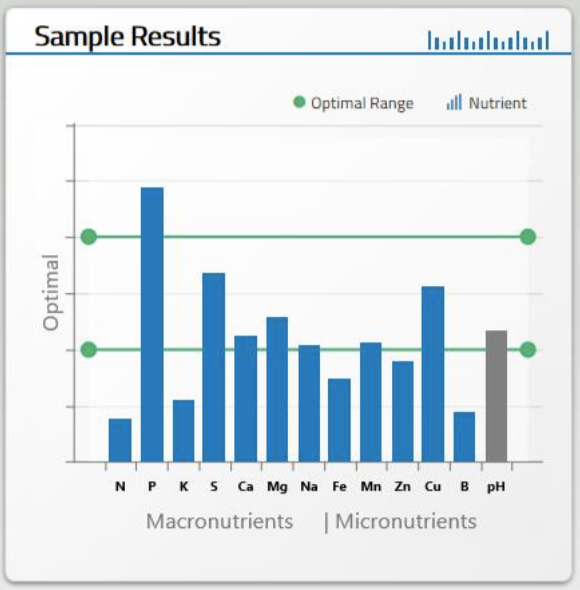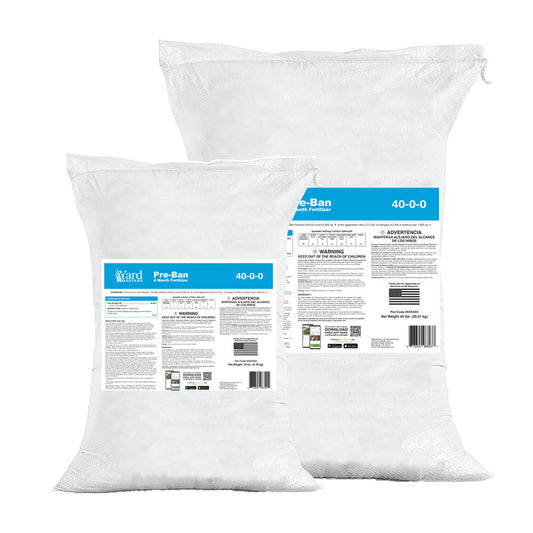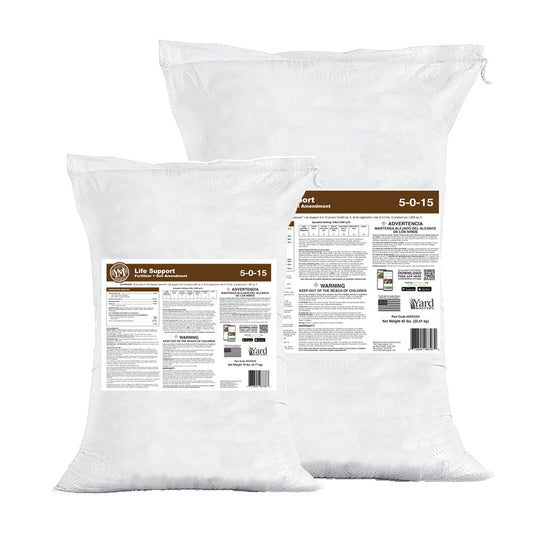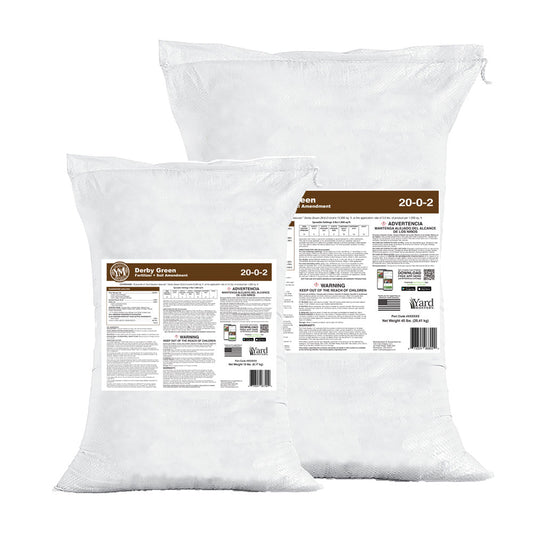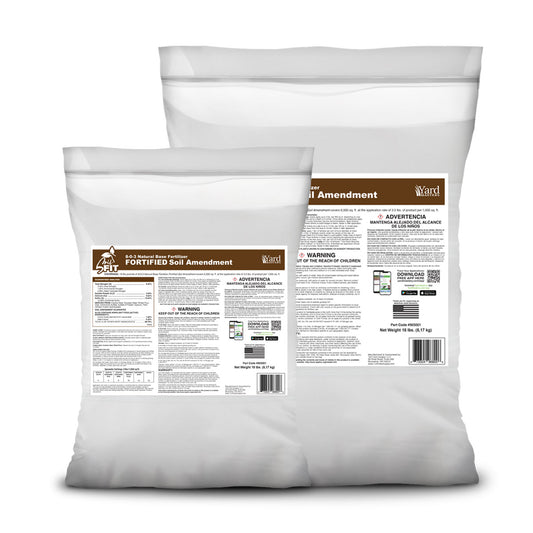I am going to wrap up our series on fertilizers and soil tests today by answering some of the questions I have gotten over the course of the last few weeks.
In case you missed it, this series started with this introductory blog post (which was also an email first)
The Ins and Outs of Lawn Fertilizers
Summary: here I talk about macronutrients and micronutrients and why and how they are needed for a healthy lawn.
Choosing Lawn Fertilizer Based on Soil Test Results
In this test I introduce the concept of “general purpose fertilizers” and “specialty fertilizers” and when you should use them and how.
Then just this past weekend I made a 40 minute long video showing you how to interpret soil test results but more than that, even if you DO NOT have a soil test, I gave you some tips on choosing fertilizers for your home lawn. Hint: store bought fert is ok too, sometimes.
Soil Test and Fertilizer Questions
“I’m curious on your perspective. My phosphorus is off the charts high, my nitro is low as well as my K. All this time I thought I was throwin down right. Now to course correct.” - Eric B.
I see soil tests like this quite often. They look alot like this one right here:

This soil test result you see above is an example of what Eric is seeing. And I see alot of these myself. They usually come from those of you who have been watching my channel for a while and have been throwing down only Milorganite, and you have been throwing down too hard.
I have talked about this in a few videos over the last couple years too. Back in the day, I encouraged many of you to go too hard with Milorganite. I’ve seen people who throw down every single month at high rates and it has become too much.
In the last couple years at my house, I have thrown down MILO on Memorial Day and Labor Day. That’s it. I still use it as a part of my program, but I definitely don’t go too hard with it. If you look on the back of the bag, they recommend the traditional holiday schedule:

So back to the soil test results above, it’s because of all this super heavy throwdown that Milorganite is sold out around the country, and also why I see soil tests with such high Phos in them.
For the record, Milorganite is a great fert and works awesome! But it isn’t designed to be thrown down every month. No more hoarding Milorganite (or toilet paper!)
That cool with you?
Now, nothing is hurt, so don’t think you are in any kind of jeopardy of losing your lawn or anything. You just need to back off the Milorganite and specifically, the phosphorus in any fertilizer as you move forward. Time to fill up the other elements. Let’s do some fun math to help you understand.
Milorganite has a 6-4-0 analysis.
That means 6% Nitrogen and 4% phosphorus.
The rate they recommend on the bag (outside of Florida) is 32 lbs/2,500 sq ft. That means they recommend you to evenly apply 32 lbs of product across each 2,500 sq ft of your lawn.
Now for us, we always talk in increments of 1,000 sq ft so that means the recommended “bag rate” for Milorganite is: 32/2.5 = 12.8 lbs/1000
Now we need to see how much “pounds on the ground” we will get of each element, Nitrogen and Phosphorus.
Nitrogen 6%
12.8 x .06 = .768
So you are getting just slightly over ¾ lb of nitrogen per 1,000 sq ft.
And if you follow along with my strategies, that is typically what I recommend as a good amount of N for most applications. In other words, that is a good does of Nitrogen and should provide a visual response in the lawn.
For phosphorous, you will be getting:
12.8 x .04 = .512
So you are getting just slightly over ½ lb of phosphorus per 1,000 sq ft.
But again, looking at the soil test above, we don’t need anymore of this! I just wanted to use this as an excuse to run the math so you are further eduated on “pounds on the ground.”
Back to Eric’s comment: “All this time I thought I was throwin down right. Now to course correct.”
Yep, exactly! Milorganite is a great fert for beginners because it is easy to apply, won’t burn the lawn and does bring results. Eric was throwing down just fine, but as he states, now it is time to course correct. There are times when we need to make a change, and with the soil test above, this would be one of those times.
Here is a great Bob Dylan tune to set you in the mood for a course correction:
What Fertilizers To Use?
Want a store bought option? Most of your synthetic ferts you find at HD, Lowes and Ace are going to be of a similar analysis - something like 29-0-2 or similar. You can throw one of those down too if you want. Just remember, the store bought stuff is all synthetic meaning, it will turn the lawn green, but once it is consumed, it’s gone. It does very little to build soil health. It’s in and it’s out and you have to keep applying more and more.If you want a quick and easy boost of color, go to the store and get one of these store bought ferts - have fun, pump it up!
Now, the “funky fresh” stuff we carry in our store includes some synthetic fert too, but also has soil building elements like bio-char and humic acid as carbon sources. Adding carbon to the soil encourages and feeds soil organisms that support healthy plants as a part of the Soil Food Web.
Why Are All My Nutrients Low?
“Everything is low, I applied all this stuff last year and was expecting to have my levels up! What happened?”
I don’t have a picture for this one, but it’s a question I have gotten a few times now. You are getting your test back and most or all of the elements are low - and you have been throwing down all last year, so what happened?
First question I ask is “how did the lawn look?”
If it was green and looking good then you did a nice job giving it what it needed and it ran nice and lean. If it was not green then it is a good thing you got a soil test and now you know why!
But keep in mind 2 things:
First, these elements are used by the turf. You apply nitrogen fertilizer and the grass turns green. It turns green because the turf is consuming the elements you applied, so logically speaking, if you applied the right amount and your lawn was green, the grass “ate it all.”
Secondly, if you are using only synthetic fertilizer like big box store stuff, then very little of that will “stick in the soil.” This is one reason why I recommend using fertilizers that have some natural elements in them as a large part of your program.
Humic acid, for example, is extracted from decomposed organic materials. In the case of the humic acid in the Greene County products, it is extracted from Leonardite shale.
Leonardite is a soft waxy, black or brown, shiny, vitreous mineraloid... It is an oxidation product of lignite,... (source)
Lignite, often referred to as brown coal, is a soft, brown, combustible, sedimentary rock formed from naturally compressed peat. (source)
Peat ... is an accumulation of partially decayed vegetation or organic matter. (source)
Follow the trail here? By adding humic acid, an organic acid, to your soil, you are adding carbon to your soil. Adding carbon to your soil builds its structure. Building structure in the soil helps it retain more nutrients, both those that you add, and those that occur naturally from you mulching clippings, form grass root cycling, from microbes living and dying, from earthworm excrement, etc.
The Carbon Earth products do this too but instead of humic acid, they include biochar charged with chicken manure as the carbon source. Chicken manure for sure is natural and the biochar “houses it.” I’ve linked this video before that talks about the wonders of biochar in soil.
In short, adding carbon to your soil along with your fertilizer, is a good idea if you are “low in everything.” (it’s a good idea for all of you no matter what FYI) And in this regard, the fertilizers I recommend are what I call “hybrids.”
They contain these carbon sources that are derived from organic sources, but they also contain synthetic nutrients to give you faster results. Building up your soil takes time - so we give you some synthetics in the mix so you are not waiting months and months to see a green lawn.
On a similar note, this is why I have said that using the Bio-Stimulant pack is the number 1 way to start. If you have TruGreen treating your lawn, I can 100% guarantee they are only applying synthetic fertilizers. I worked there for 15 years and witnessed it.
In fact, one of the complaints we often got ( and I would see) is that for the first 2-3 years we could keep our lawns nice and green. But going into years 4 and 5 we had to add more and more fert in order to get a visual response. This is where I came up with the term “starter fert fixes everything.”
When I had a lawn that just wouldn’t green up, I’d get a 20-10-10 synthetic fert and throw it down and hope for the best. Usually I’d get a visual response but it wouldn’t last long. We never added anything to build soil - we just kept bombing with synthetic nutrients.

If you have TruGreen, and you piggyback on their program with the bio-stimulant pack, you are adding the carbon that they are not. You are essentially “rounding out” their very basic program by supplementing the soil with carbon.
Think of this like you taking vitamins. You can get 100% of your daily recommended vitamins and minerals from daily synthetic supplements (vitamins, vitamin drinks, shakes) but you still have to eat something of substance or you will starve to death. You can’t live on vitamin supplements and water alone for very long.
Soil is the same way - we need to give it some substance and that is where the humics and biochar and other fun stuff like chicken manure come in. Even our old friend Milorganite is a soil building fertilizer because it is derived from microbes that have consumed waste materials. It is organically derived.
Now this is going down the deep rabbit hole of science and we are starting to approach a term I don’t often use “CEC” or “cation exchange capacity.”
I don’t go into all that in most cases because it just confuses people and I get panicked emails
“OMG is my soil terrible and will it ever be ok?” Literally, I get emails from people thinking they have terrible soil and no chance of ever improving it.
Also, when we get too “sciencey” about 80% of people just decide it’s too complicated and they give up.
So I always say, “Trust me, if you use the products we recommend you will be building your soil over time and more and more elements like Nitrogen will be present there, naturally.”
But if you do want to get deeper and improve your understanding, John Perry from Greene County Fertilizer did an entire series last year on soils. I created a playlist of that series for you here.
With that, I am going to end this one here, I hope you have enjoyed this series on fertilizers and soil testing and have learned from it.
For those of you with my e-guides, I am going to be sending out that update here very soon so look for it in your email!
AL



